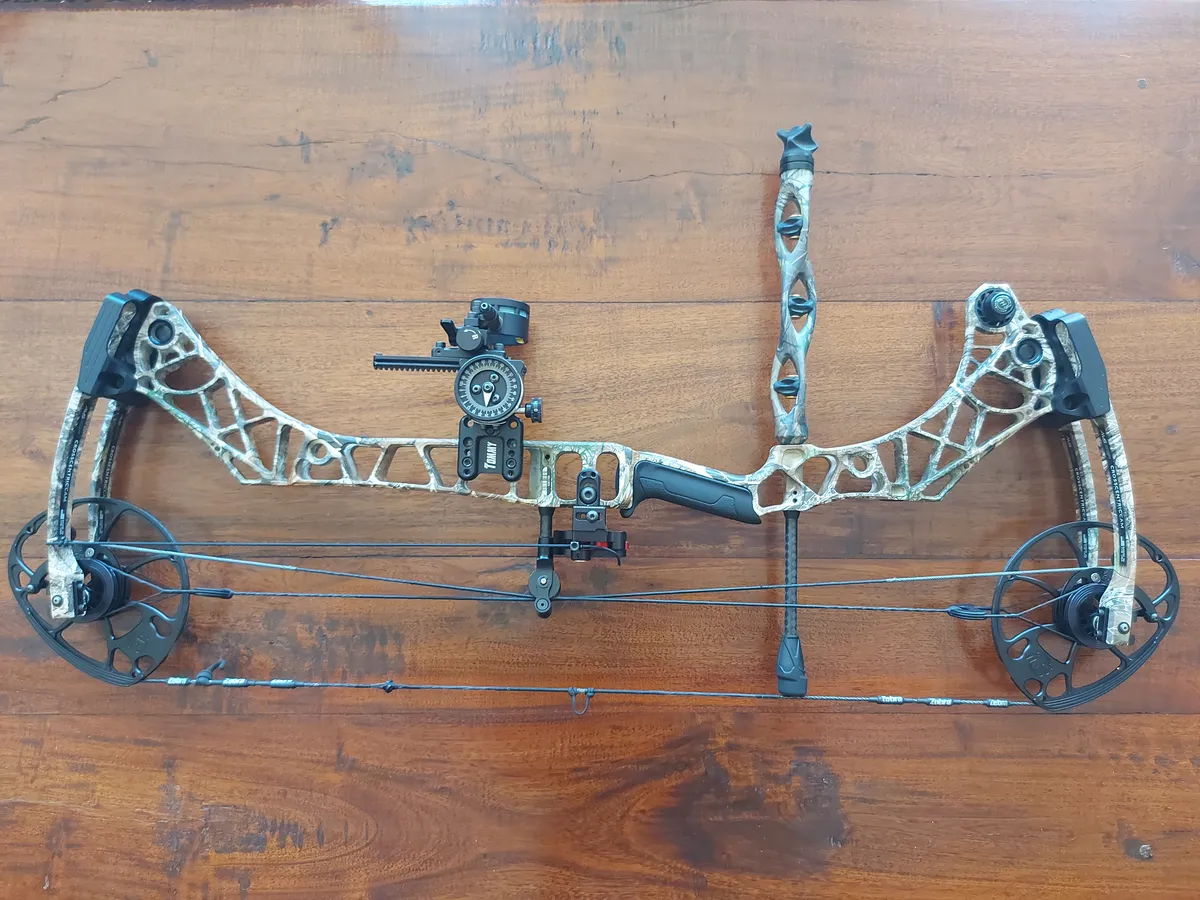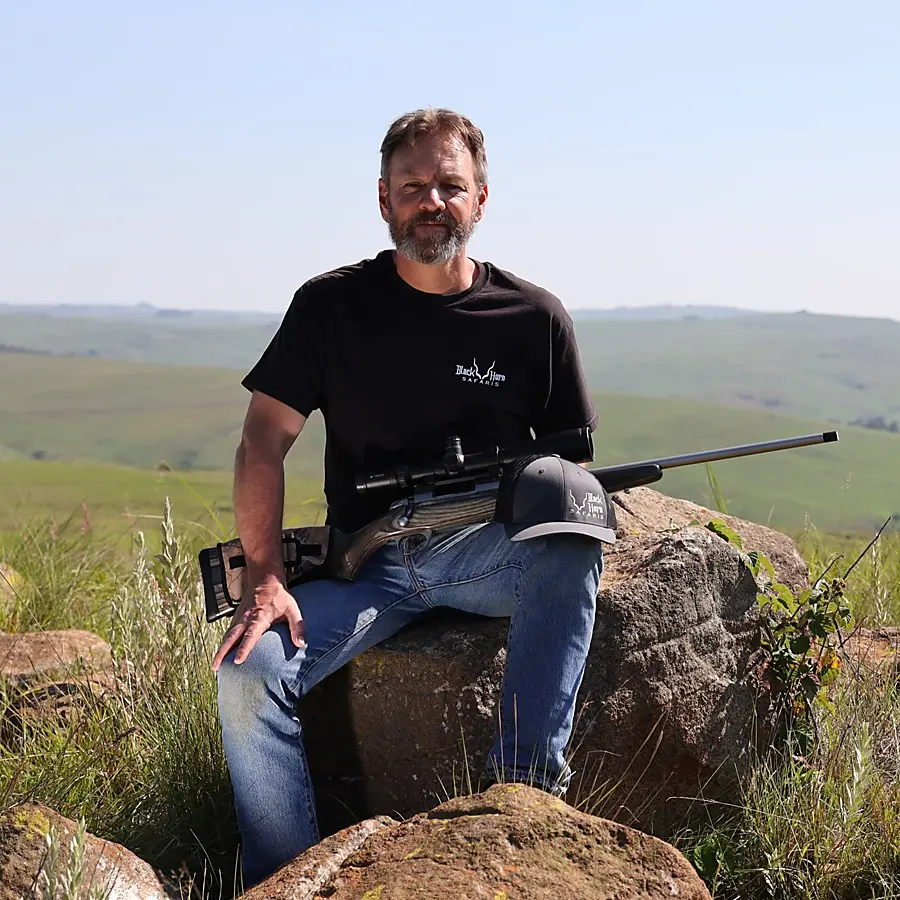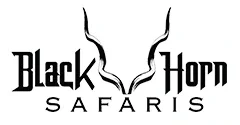
When embarking on a South African bow hunting safari, one of the most crucial aspects to consider is your bow hunting equipment. The right gear can make all the difference in ensuring a successful and memorable bow hunt in South Africa. In this guide, we will explore the essential equipment you need for an African bow hunting trip and provide insights into the best practices to make the most of your safari.
Choosing the Right Bow and Equipment for a Hunting Safari in Africa
Whether you prefer a compound bow, a longbow, or traditional archery equipment, the key to a successful bowhunting safari lies in selecting the bow you are most comfortable and proficient with. It doesn’t matter if your bow is manufactured by Bowtech, Mathews, Hoyt, Elite or any other reputable brand. What matters is that you are comfortable with the equipment and know your bow inside out, shoot accurately with it, and trust it implicitly. When you are hunting in a ground blind a shorter bow of around 32 inches can be an advantage.
The diversity of African game means that there is no one-size-fits-all answer to the best bow. Instead, focus on understanding your bow’s capabilities and ensuring it is suitable for the animals you intend to hunt. Pay attention to factors like shot placement, draw weight, and the choice of shafts, all of which play a critical role in your success. The equipment being used can make all the difference to your success, but skill plays the greatest role.
Arrows
When it comes to hunting arrows for the diverse and challenging terrain of Africa, the best choice often depends on the specific game and conditions one expects to encounter. However, some shafts have gained popularity for their versatility and performance. Carbon fiber shafts, known for their lightweight yet durable construction, are favored by many hunters in Africa. They offer excellent speed and accuracy, crucial for taking down animals such as Impala and Kudu.
Hunters in Africa should also consider the importance of arrow weight and spine, tailoring their choice to their individual style and the specific game they pursue. Ultimately, the best hunting shafts for Africa are those that provide the right balance of speed, accuracy, and penetrating power to ensure a successful and ethical hunt in this captivating continent.
Sight
Bow sights are indispensable accessories for bowhunters, enhancing their accuracy and precision when aiming at targets. Among the various options available, both movable and fixed pin sights with 5 pins are regarded as some of the best choices. Fixed pin sights offer simplicity and reliability, with each pin preset for specific distances, typically ranging from close shots to longer ones. They are excellent for consistent accuracy and quick target acquisition, making them a popular choice for hunters.
On the other hand, movable pin sights provide the flexibility to adjust the pin’s position according to the target’s distance, accommodating changing shooting conditions. This adaptability makes them a favorite among archers and those who frequently shoot at differing ranges. Ultimately, the preference between these two sight types depends on an archer’s style, but both fixed and movable 5-pin sights offer valuable assistance in achieving accurate shooting.
Stabilizer
A short hunting stabilizer is an essential accessory for bow hunters seeking to improve their accuracy and reduce bow torque. These compact stabilizers are designed to minimize noise and vibration, making them particularly useful when stealth and precision are crucial. Their shorter length ensures maneuverability in the bush, allowing hunters to navigate through tight spaces and dense foliage more effectively. While they may not offer the same level of stabilization as longer models, short hunting stabilizers strike an ideal balance between reducing bow movement and maintaining mobility, making them a popular choice for bow hunters who value both accuracy and adaptability during the hunt.
Release Aid
Release aids are essential tools for bow hunters, offering several benefits that can significantly improve accuracy and consistency in archery. There are various types of release aids available, including wrist strap index finger releases, thumb releases, and back tension releases. Wrist strap releases are popular for their ease of use and comfort, providing a stable anchor point for consistent shots.
Thumb releases offer precise control over the shot and are favored by archers who prefer a handheld option. Back tension releases encourage a surprise release, minimizing target panic and promoting a smooth shot execution.
Regardless of the type, release aids help archers maintain a clean and uninterrupted release of the bowstring, reducing string torque and movement. This results in increased accuracy and tighter groupings, ultimately enhancing the archer’s overall performance and success in bow hunting scenarios.
Choosing the right release aid depends on an archer’s personal preference and shooting style, but they all offer valuable advantages in achieving more accurate and ethical shots. Regardless of which type you prefer, make sure you bring a spare release with you on your African Safari.
Broad heads For a Bow Hunting Safari: Mechanical vs. Fixed Blade
A common question among bow hunters is whether mechanical or fixed blade broadheads are superior. The truth is, both have their place on the African bow hunting scene, and the choice depends on several factors.
Broad heads with strong penetration capabilities are essential, as Africa is home to some of the toughest and most robust game species. Fixed-blade broad heads like the G5 Montec or mechanical broad heads like the Rage Hypodermic are commonly recommended for their penetration and reliability
Mechanical Broad heads:
These have proven effective, even leading to quicker kills in some cases, such as lion hunts and the lighter boned African Plains Game. However, they may not be ideal for larger and tougher game due to their design. They are easily deflected by bigger bones and require too much energy to open on animals with a thick skin.
Fixed Blade Broad heads:
These are recommended for animals like Roan Antelope and Cape Eland, which have significant body mass and toughness. Fixed blade broadheads can have either 2 or 3 cutting surfaces. All South African antelope species can be successfully hunted with fixed blade broad heads.
It’s crucial to follow local regulations when choosing broad heads, as some game may require specific types to ensure ethical and humane hunting.
Travelling with Your Bow
When traveling with your bow, especially on international flights, making sure of the safety and protection of your equipment is paramount. A hard case for your bow is an absolute necessity in this regard. International travel can expose your bow to rough handling and various environmental conditions, which can potentially damage or affect its performance. A hard case provides robust and reliable protection, shielding your bow from impacts, moisture, and temperature fluctuations. It also helps keep all your archery accessories organized and secure.
Additionally, it’s worth noting that many airlines require bows to be transported in hard cases to prevent any mishandling or accidents during transit. So, investing in a sturdy hard case is not just a smart choice but a crucial step in safeguarding your valuable archery gear and results a worry-free and successful archery experience wherever your travels take you.
Understanding Arrow Speed and Kinetic Energy (KE)
The debate around arrow speed and kinetic energy can be intense, but the key is finding the right balance. A combination of speed, weight, broad head choice, and kinetic energy is essential. Properly tuning your bow before heading out on your safari is crucial.
Finding the “sweet spot” where your bow is finely tuned allows you to consistently deliver the correct broad head to the vital area of your target. Shot placement is also a critical consideration, so make sure you are well-versed in the anatomy of the animals you intend to hunt.
Minimum Draw Weight Requirement to Shoot African Game
Draw weight is the amount of force, measured in pounds, required to draw back a bowstring to a specific length before releasing an arrow. The right draw weight for African game, plays a pivotal role in ensuring a clean and humane kill. The right draw weight allows the arrow to penetrate the target effectively, reaching vital organs and minimizing suffering on your bow hunt.
Bow Hunting Ethics and Legal Considerations
Responsible bow hunting in South Africa requires adherence to both ethical principles and local laws. It is illegal to bow hunt pachyderms (thick-skinned animals) such as African Elephants and White- and Black Rhinos. However, dangerous game such as Cape Buffalo and African Lions can be bow hunted with the appropriate permits.
Always prioritize humane kills and ethical hunting practices. Listen to the guidance of your Professional Hunter (PH), who will provide invaluable insights into the best practices and shot placements on your trophy.
Conclusion
In the world of bow hunting, success is not solely defined by the size of your trophy but by the respect you show for the animals and the environment. By selecting the right bow, broad heads, and mastering the balance between arrow speed and kinetic energy, you can embark on a South African bowhunting safari that is both rewarding and responsible.
Remember that every bow hunter has their own preferences and experiences, so don’t hesitate to seek advice from fellow hunters and your PH. Your journey into the heart of South Africa’s wilderness is an opportunity to connect with nature and contribute to the preservation of its incredible wildlife.

Adrian Anderson first obtained his Professional Hunters license in 1991. He is a Big Five and Dangerous Game licensed Professional Hunter and Hunting Outfitter. He has a tremendous love for wildlife and the African bush and enjoys sharing his knowledge with the hunting clients that he guides. Guiding hunters in Africa’s wild places is a passion and seeing them succeed with their goals brings satisfaction. With knowledge of the Safari industry built up over 32 years he is well qualified to give guidance to his hunting clients.
